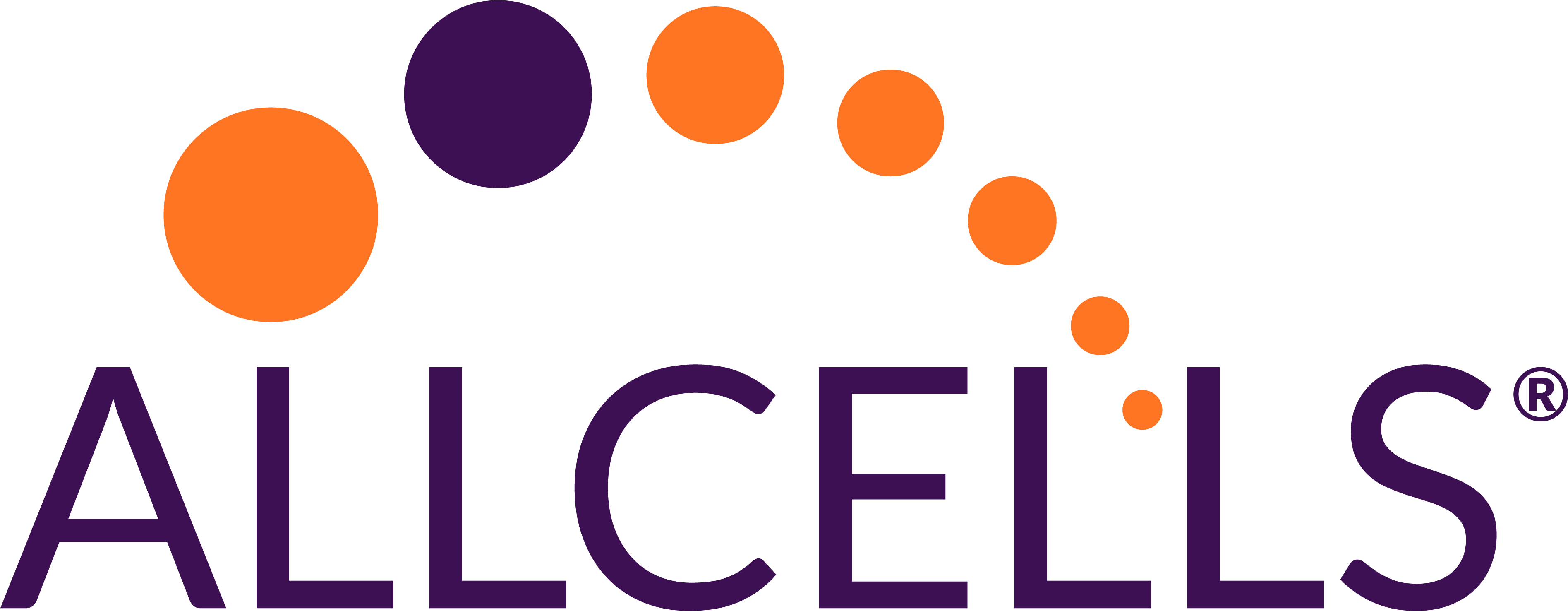Navigating the complex world of regulations: How AllCells is changing cell therapy and protecting against product-ending events


The cell therapy market is valued at 15 billion dollars and is set to double in value by 2030. Cell therapy has been instrumental in the development of treatments like CAR-T therapy, which uses the body’s own T cells to fight cancer. The opportunity within cell therapy is significant, targeting common diseases that afflict millions of people.
However, there are numerous risks associated with cell therapy and establishing a new class of medicines.
We spoke with Dominic Clarke, Ph.D., Chief Technical Officer and Yuki Kato Maves, Ph.D., Senior Product Manager at AllCells to discuss how biotechs can partner with suppliers to establish tightly controlled processes, reduce challenges and setbacks when submitting to regulatory authorities, and ultimately produce effective medicines that change lives.
Let’s talk about safety concerns and considerations when it comes to cell therapy. What can researchers and scientists do to ensure that a cell therapy supplier is doing their due diligence and what are the risks here?
Yuki: The first step in manufacturing is access to apheresis material or tissue, which can be vulnerable to disruption. You want to find out: what risk mitigation measures are your suppliers putting in place to ensure that you receive those critical starting cellular materials on time? The risk and the cost associated with failed or missed manufacturing slots is something that’s often overlooked, but could be significant.
As more programs move into the later phases of development and towards commercialization, you want to be thinking about the scalability of the process, and for us at AllCells, things like donor screening are extremely important.
Dominic: From a regulatory standpoint, I’d add that it’s important that your supplier is set up and established to be there for the long term. So if they’re a small, single component supplier, there’s a risk that they may not be around in a year or two, based on their financial status. So it’s always important to ensure that you have a continuous supply of the materials or the service that you’re getting.
As a product develops and changes over time and makes it into different phases of clinical trials, what should biotechs and pharmas keep in mind from a regulatory perspective?
Dominic: So when it comes to working with regulatory bodies, you have to be upfront. You need to think through your clinical trials from a global perspective. Oftentimes, you might be focused on a singular trial in one region, like the U.S.—that’s all you’re looking at.
However, when you go to get your products from your suppliers, it’s important to know if you’re planning to expand into other clinicals, in different regions; or further down the road, where you intend to commercialize those products. Otherwise, much like a starting material, if you don’t have regulatory compliance built-in on the front end, that product may potentially not be able to be used elsewhere.
You don’t want to get tuck going halfway down your clinical trial and realize that material is not suitable to be used in this region.
Another thing to consider: if you add criteria in the early stages of developing your product, it can ultimately impact your ability to move forward. Let’s say you’re trying to take a product into the clinic. If you try to be ultra-safe, you may decide to include additional donor screening and viral testing criteria for the starting material. It may not be required, but you do it anyway. That might work for something small-scale, but as you then try to progress, you may find yourself very limited, because once it’s in your Investigational New Drug Application (IND), it’s going to be very difficult to remove it.
What is the acceptable range in variability of the starting material without having a significant impact on key quality attributes of the final product? Ultimately, we want to ensure that these cutting edge therapies are accessible to as many patients as possible.
Additionally, clinical comparability studies may be required to demonstrate that starting material changes do not affect the safety and efficacy of the final CGT product. So for instance, if you want to go from fresh to cryopreserved leukopaks as your starting material to overcome logistical challenges when you scale, you need data to show comparability. Established starting material providers with analytical capabilities can work with you to generate some of this data.
So, working closely with regulatory bodies and your suppliers can help you prevent these kinds of challenges later on, and established suppliers are experts in this area.
A recent article in Biopharma Dive wrote, “Constructing a CAR-T therapy is delicate, laborious work.” With that in mind, what does AllCells do to ensure quality control and at the same time, meet their customer’s demands and timelines?
Yuki: At AllCells, we run validation studies when we develop products to ensure that we can consistently meet product release specifications so that we can deliver these much-needed products to our clients. We minimize variability while providing a highly viable set of cells.
Our documentation is also tightly governed. We have an Electronic Quality Management System which follows and fulfills the guidelines developed by the FDA. We also ensure that our quality system is consistent across all sites, and for customers, it really mitigates the need to audit every one of them.
AllCells has dedicated teams that will design tailored donor programs on the specific cell and gene therapy requirements. This allows us to support any new or changing needs from our customers, and then we can provide insights to reduce any potential pitfalls as well.
Once the donor inclusion and exclusion criteria are defined, then our team has the expertise to know how many donors to recruit into the screening funnel to reach that end goal or whatever needs to be maintained in the donor pool for that specific program.
Dominic: When partnering with our customers, they can rely on us: we have the right qualification and validation processes to support the products we’re developing while at the same time, these processes are consistent from research to Good Manufacturing Practice (GMP).
We’re also thinking about the future. Not only are we supporting what our customer needs are today, but from a scale standpoint, we’re always actively looking to improve. So, some of our processes are becoming more automated, that way these processes don’t vary from location to location or depend on manual documentation, since people can make mistakes. If you have automation built into the process, you can minimize risks.
At the same time, we are continually looking for access to the right donors to continue to support and help the industry as it scales.




